Van Phuc Silk Village
Location & History
Sitting on the bank of Nhue River, approximately 10 kilometers southwest of Hanoi's Old Quarter, Van Phuc Silk Village has gained recognition for its traditional weaving and high-quality silk products. With a history spanning over 1,200 years, Van Phuc stands as the oldest silk village in Vietnam, celebrated for producing some of the finest silk in the country.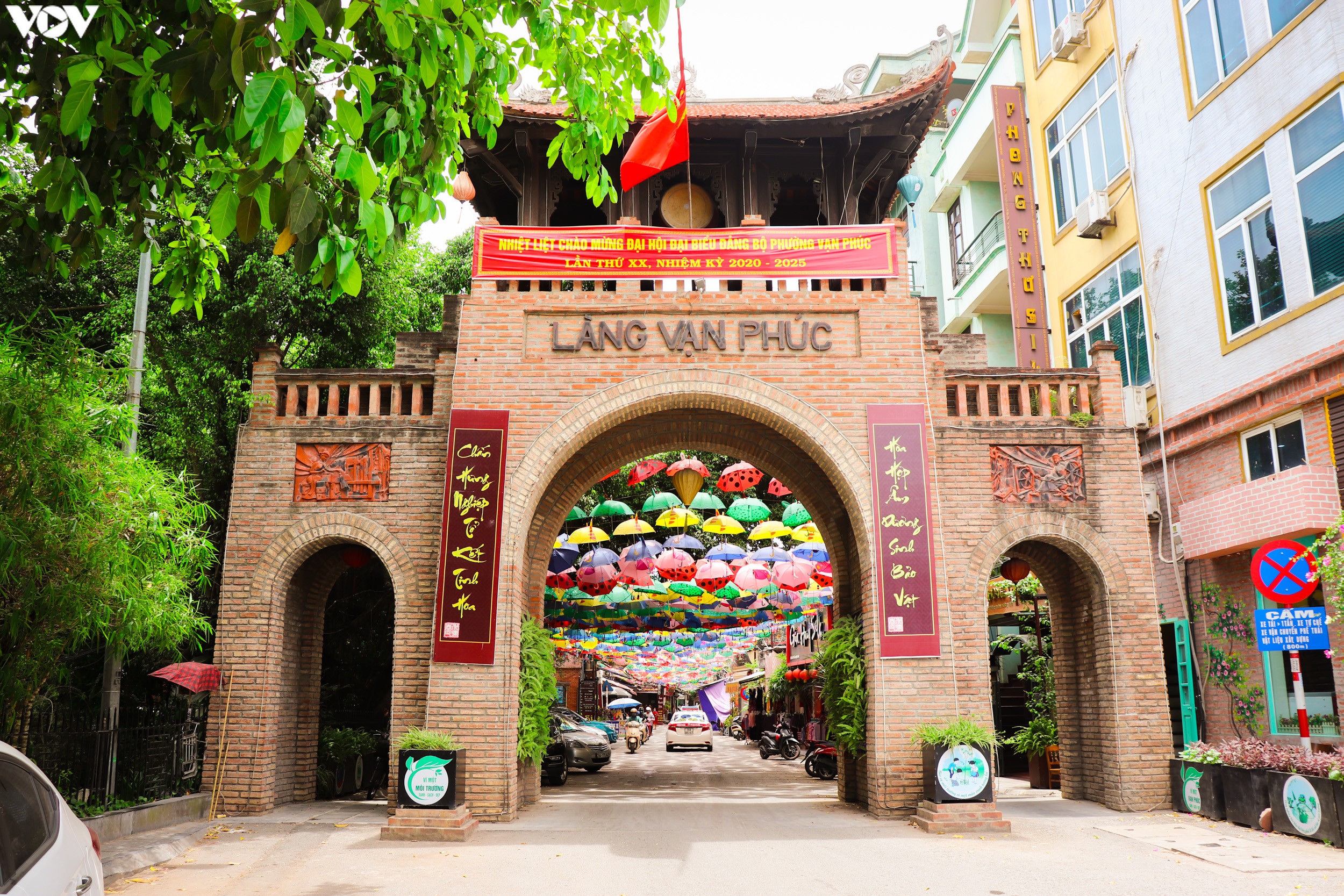 Photo: baolangson.vn
Photo: baolangson.vn
Visitors to Van Phuc Village will be captivated by the quintessential charm of a historic village in northern Vietnam, characterized by its banyan trees, wells, communal houses, and the rhythmic sounds of power looms. Walking along the main road in Van Phuc, tourists will find themselves surrounded by a vibrant array of silk products, including shirts, ties, crafts, and dresses, all available for purchase.
Traditionally, silk was regarded as a valuable craft exclusively used to create garments for royal families and aristocrats. The exquisite beauty of Van Phuc or Ha Dong silk has been an inspiration for many Vietnamese poems, songs, and films, notably "The White Silk Dress," which is considered one of the top five Vietnamese films.
During the Nguyen Dynasty, the silk from Van Phuc was used to create garments for the royal family in the Hue Imperial Citadel. From 1931 to 1932, Van Phuc silk was first showcased at international exhibitions in Marseille and Paris, where it received high praise and recognition from the French. Between 1958 and 1988, the silk was primarily exported to Eastern Europe, and since the 1990s, it has gained international acclaim, being featured in markets around the globe.
Silk Production
Van Phuc silk is renowned for its smooth texture, lightweight feel, and elegant appearance. The traditional variety known as Van Silk, crafted in Van Phuc, keeps wearers cool in summer and warm in winter. To meet the diverse demands of the modern market, silk producers in Van Phuc have diversified their offerings, introducing embroidered silk, crinkled silk, double-layered fabrics, and a wide range of colors.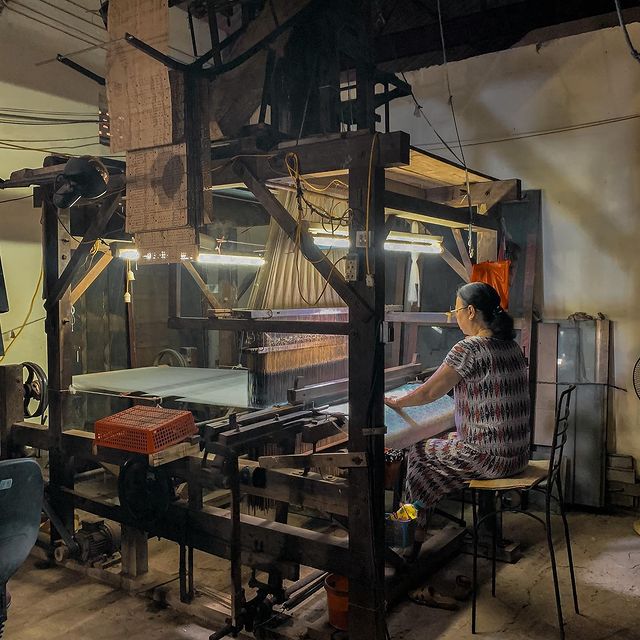 Photo by @youkphoto
Photo by @youkphoto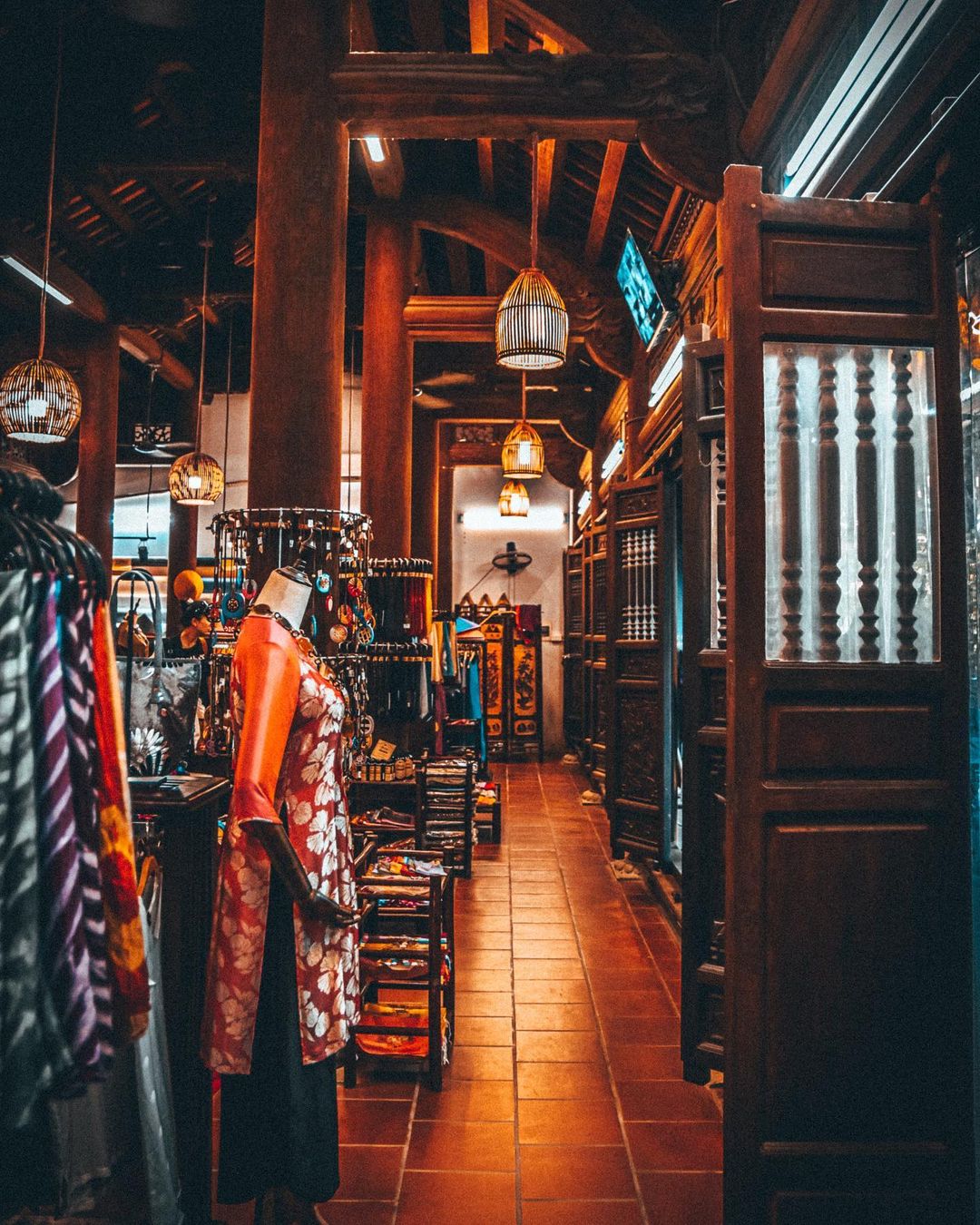 Photo by @nhat_bun
Photo by @nhat_bun
Numerous families in Van Phuc have established shops along the main road, forming a “town of silk” that features an enticing selection of high-quality silk products. Visitors can choose from an array of beautifully crafted souvenirs and clothing, or select materials for custom items. The shopkeepers are friendly and often possess a basic knowledge of English and French, making communication easier for international tourists.
Although many weaving processes have been mechanized to enhance productivity, some residences still utilize simple manual looms, allowing tourists to witness the traditional Vietnamese silk-making process firsthand.
How to Get There
Visitors can join organized tours to Van Phuc Village offered by various travel agencies, or opt to visit independently via car or motorbike. Public transportation is also an option, with local bus lines 02 and 21 available; from the bus stop, it is a short 500-meter walk to the village.
To reach Van Phuc from central Hanoi, travel southwest on Nguyen Trai Road until you arrive at the Ha Dong district boundary. Turn right and continue driving approximately 3 kilometers to the village.
Useful Information
- Location: Van Phuc, Ha Dong, Hanoi
- Best for: Family, couple, solo
- Entrance: Free
- Hours: All hours
- Distance to city center: 8.5km (5.3 mi)
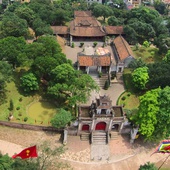
Co Loa Citadel
Being a cultural heritage, a testament to the creativity and technical skills of the old Vietnamese, Co Loa Citadel is definitely an ideal tourist destination that visitors cannot ignore when visiting Hanoi.
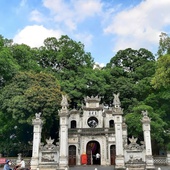
Quan Thanh Temple
Located on Thanh Nien Street, Quan Thanh Ward, Ba Dinh District, Hanoi, Quan Thanh Temple is a Taoist temple and known as one of Hanoi’s four sacred temples which were built to worship four protectors in four directions.
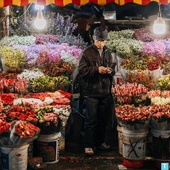
Quang Ba Flower Market
Without the normal hustle and bustle of normal markets, Quang Ba Flower Market is charming in its own way.








